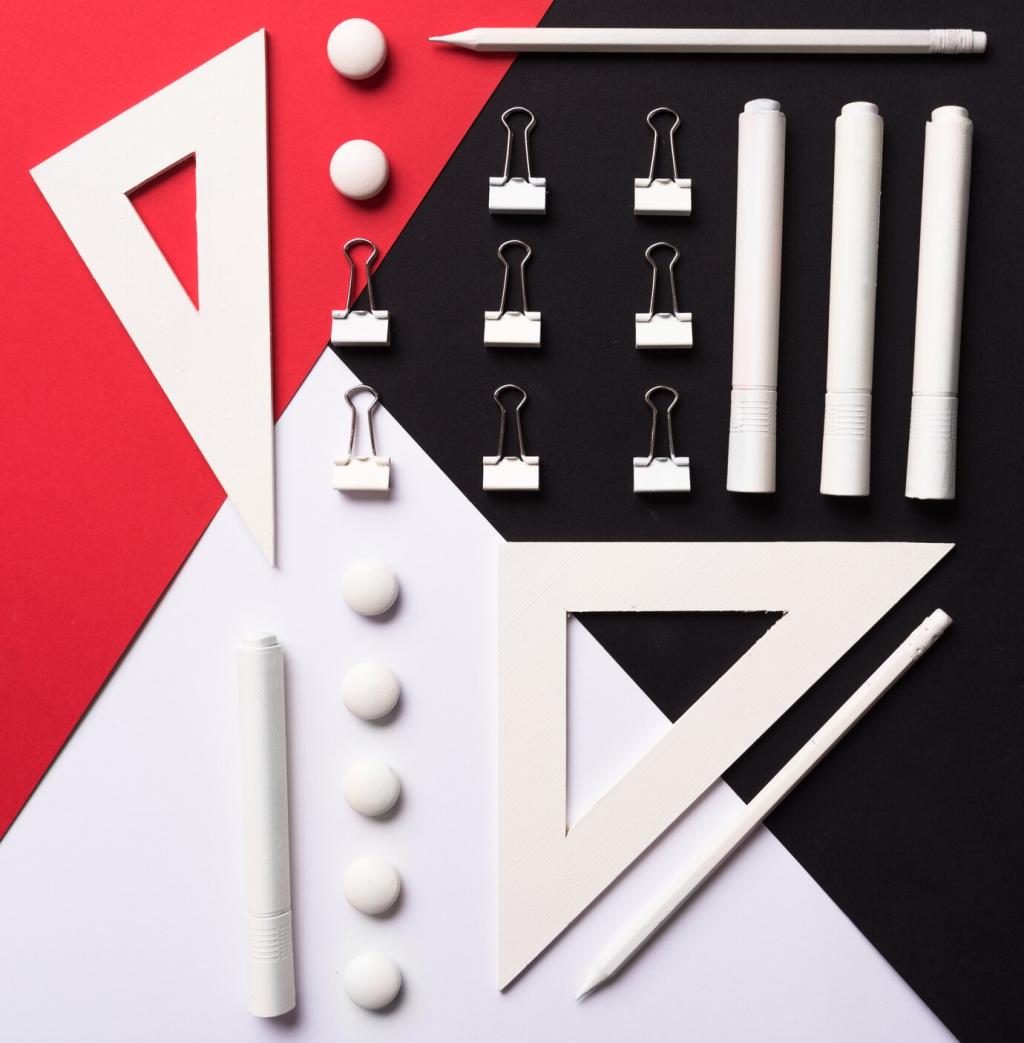Why Less Wins in Digital Products
Hick’s Law reminds us that more choices slow decisions. Minimalism narrows options to sharpen intent, guiding attention with whitespace, hierarchy, and sane defaults. Your interface becomes a conversation with fewer words, fewer buttons, and more momentum toward a single, satisfying outcome.
Why Less Wins in Digital Products
We once trimmed a note app’s settings by over half, merging duplicates and auto-detecting preferences. Support requests dropped, session length rose, and users emailed saying the app finally felt quiet. That quiet became a feature. Tell us: which screen in your product is begging to breathe?




